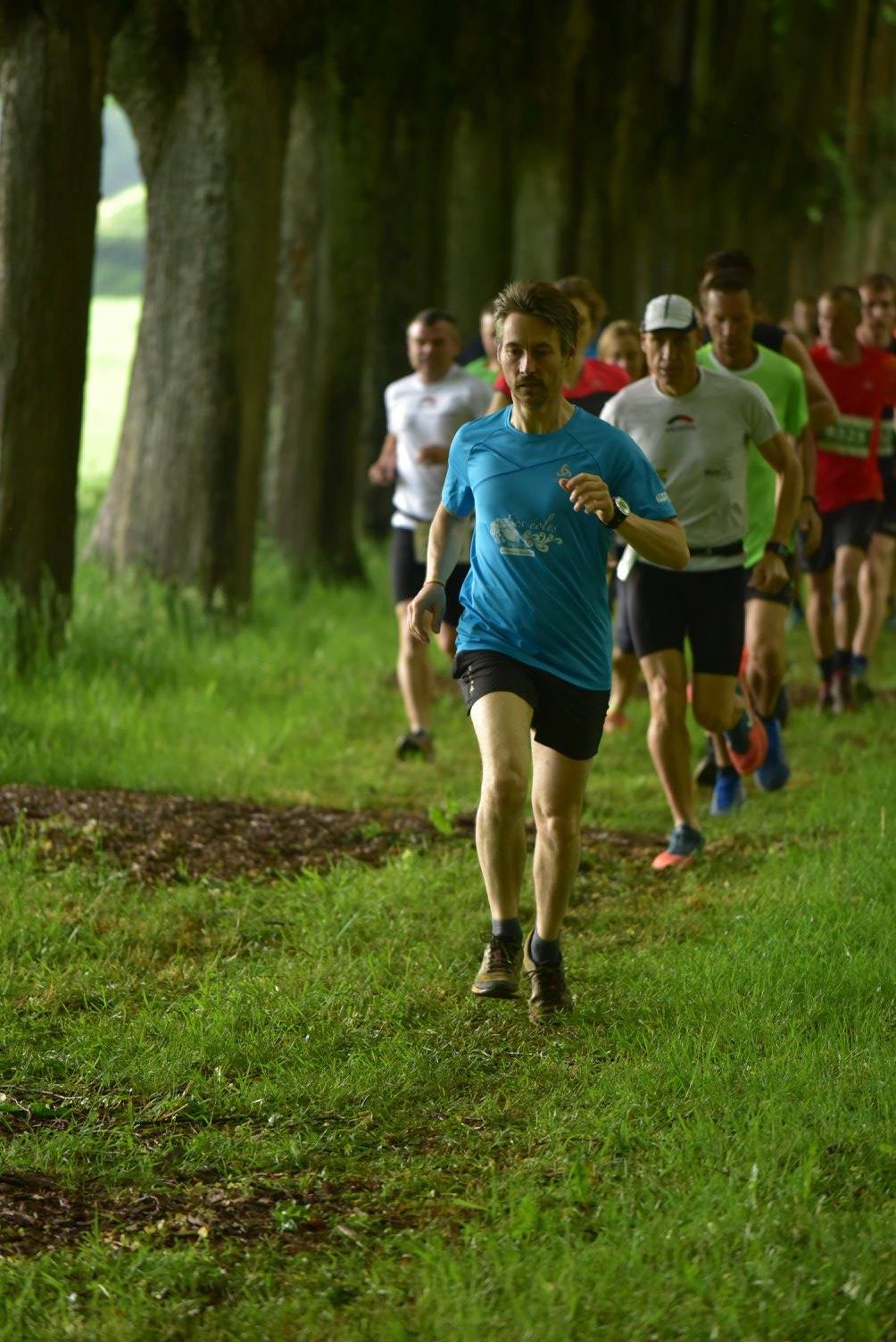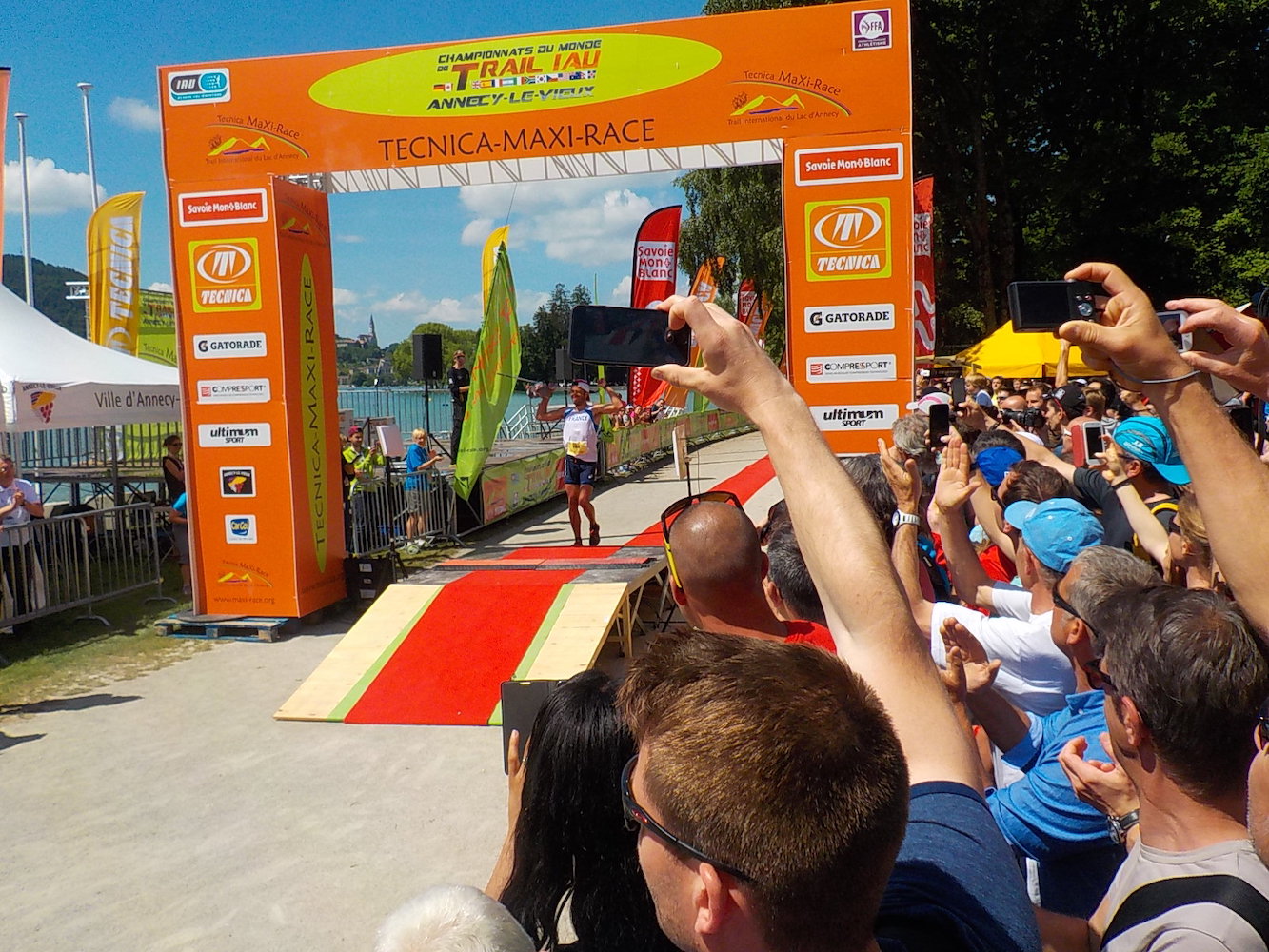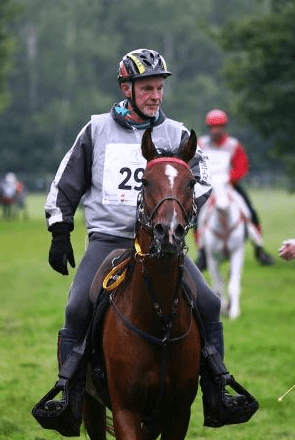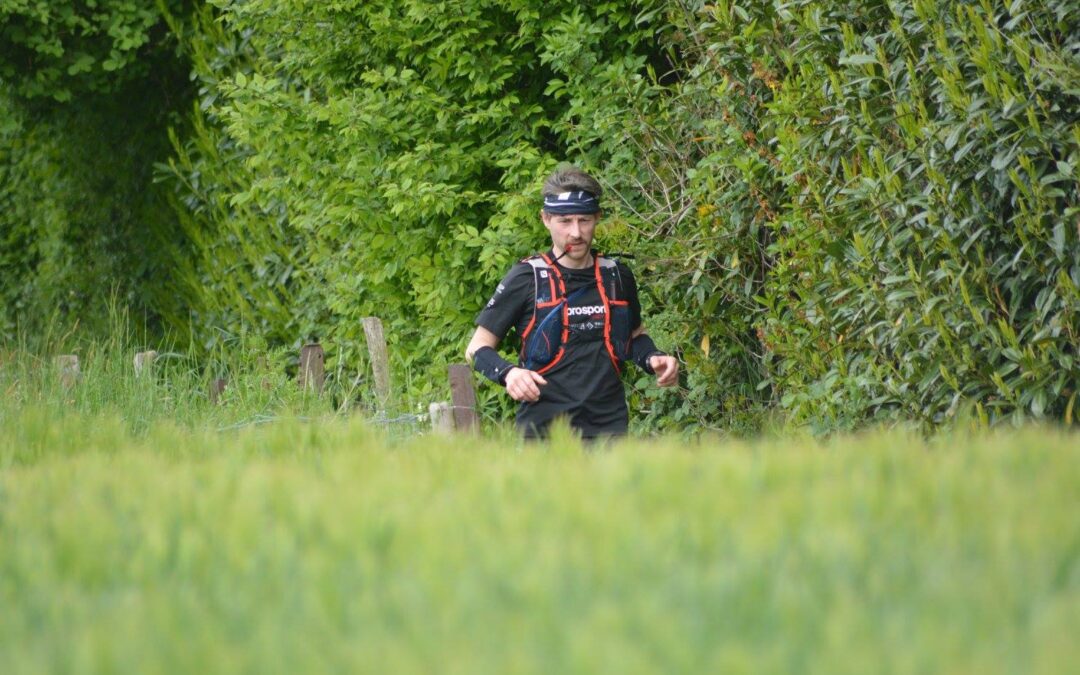I was already talking about it a bit in my presentation: I did and I still do a lot of sport (s).
I like to meet training and discover new exploration grounds. I especially need to experiment, to go through my body to understand.
I started early enough with athletics and then I was able to do a lot of very different sports: sailing (including a little acrobatics), climbing, diving, aikido. I have also been able to experiment with trail and ultra-trails and have been riding for a few years. This gives me some experience and a point of view depending on the discipline.
The interest of shiatsu in a sports framework is due to its global action on the body: on joint mobility, on muscle flexibility, on organic relaxation, on pulmonary capacity, on the faculties of body recovery, on mental relaxation and on psycho-emotional balance.

Understanding the field
It seems essential to me to understand the sphere of intervention well. Not just an intellectual understanding, understanding can also go through your body, your own feelings.
The needs of a marathonal or ultra -veil are fundamentally different. Physical or physiological constraints when you practice climbing are not the same as for diving.
Understanding with his own experience, with his body, lets you know what the person expresses and make himself completely available to his needs. For my part, I wanted to multiply the experiences in order to expand my understanding.
The objectives of the sportsman
In my practice I make very little difference between an amateur and a professional. The desire for performance remains significantly the same, even if the challenges of professionals are often heavier to manage (more physical and mental load because there is a need for results).
Generally, a sportsman will reflect according to his own objectives, desire for performance: make time, reach such classification, etc.
The 2 main axes on which he will pay his attention are training and nutrition.
Sometimes at the expense of the body, its mind cuts it from its feelings.
No pain, no gain
Sentence well known to many athletes. Even if any pain is not significant, the message sent by the body is of crucial importance.
It is necessary to learn to recognize the pain, its origin and the importance of the symptom.
It’s sometimes here that the bottom hurts. If the mind is over-dominant, the messages sent by the body will be denied or not recognized. In ultra-trail, for example, the pain in the soles of the feet linked to heating, wet feet will certainly sometimes be very strong but does not really relate to consequences. On the other hand, deaf pain in the lumbles and hematuria can be serious.
In any case, pain will cause tensions. The art of the Shiatsu practitioner will be to recognize, feel the body limit and to aware of the sportsman to the real needs of his body so that he can change his training plans or adapt his effort during the competition.
When, how and why intervene?
I determine 3 phases of action of the shiatsu: before, during and after the effort.
Before, it is the whole preparatory period that will have to be combined with the training phases (this is particularly why it is important to know sport and understand the preparation phases). In this phase, shiatsu is used to relax the body to allow it to best mobilize its capacities. Relaxation allows the sportsman a greater ease of movement and/or better endurance. The whole musculoskeletal system, when relaxed, will gain amplitude and movement efficiency. Shiatsu at the organic level will offer maximum mobilization for greater performance. At the mental level, shiatsu will offer relaxation, better recovery, better concentration capacities and perhaps less stress about the desired objectives.

During, it’s a little delicate phase. In the case of competition where several rounds follow one another, the Shiatsu practitioner will intervene to relax the body and maximize the recovery faculties. In the case of endurance or ultra-endurance sport, the practice will be essentially muscular in order to allow muscles to evacuate tensions and lactic acid in order to avoid the largest lesions.
In any case, calming the mind and a complete return to the body allows you to feel better and make the right decisions, each sport having its own strategy.
The after competition could be called “recovery and optimization”.
Just after the competition, in the first 24 hours, shiatsu will help drain the lactic acid of the muscles, will decrease the inflammatory phase of certain tissues or joints and thus accelerate recovery.

Testimony
I received, a few years ago, a man who had a lesion in the Achilles tendon. The sports clinic sent me and told him to calm training and to consider sport as a recreation. Has been running for years for years, is going to 50 and has a dream: to make a marathon. Dream highlighted by his injury and the screw of doctors.
After 6 months of shiatsu treatment (we saw each other every 3 or 4 weeks), the lesions of the tendon has absorbed and he has good sensations when he runs. He resumes training and feels capable of doing his first marathon 4 months later, without real objective. A year later, he redone a marathon with the aim of doing it in less than 3 hours. The doctor and physiotherapy warning him on the possible consequences. He was able to do this race while respecting his goal. I accompanied its entire preparation phase and made one last session the day after the race. A week later, from visit to the clinic, the physiotherapists barely believed him when he saw the progress of his recovery.
In conclusion
Shiatsu can be a very good supplement during sports practices, as seen have read it, for preparation and recovery (that it is done during or after competition). On another level, if u (e) sportsman (ve) feels anxious just before competition, shiatsu will bring a little of the serenity necessary to manage to rest and focus on D -Day.


Recent Comments